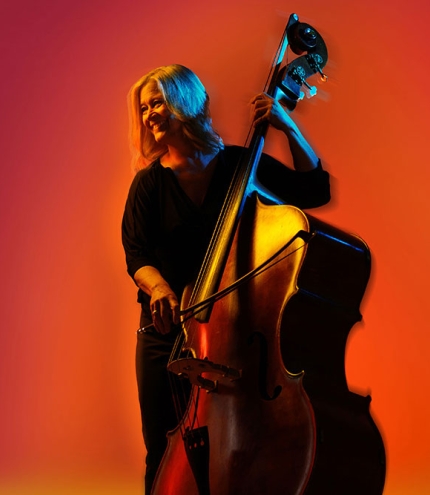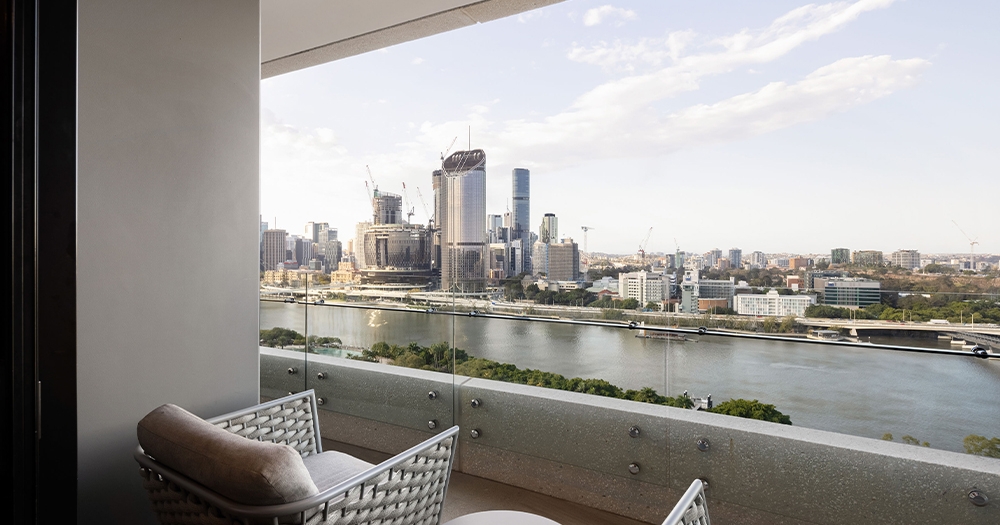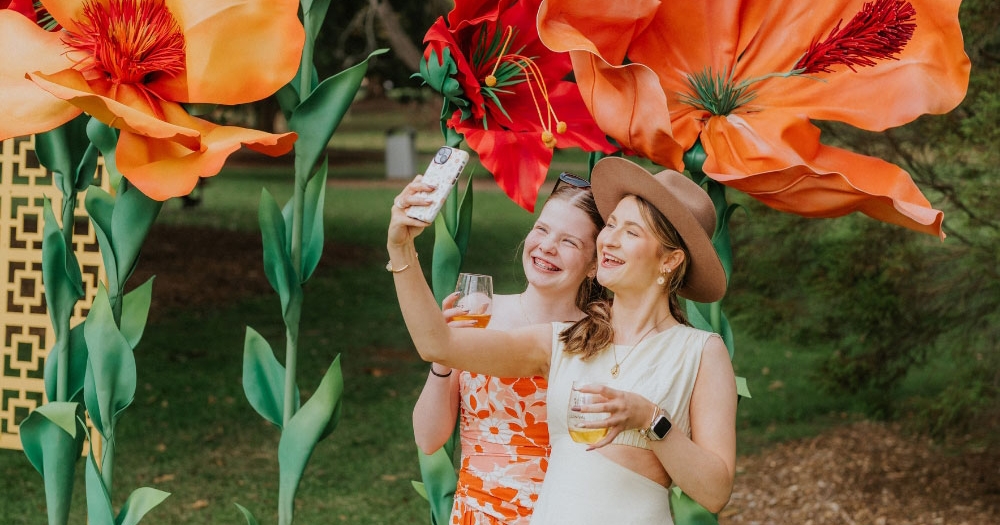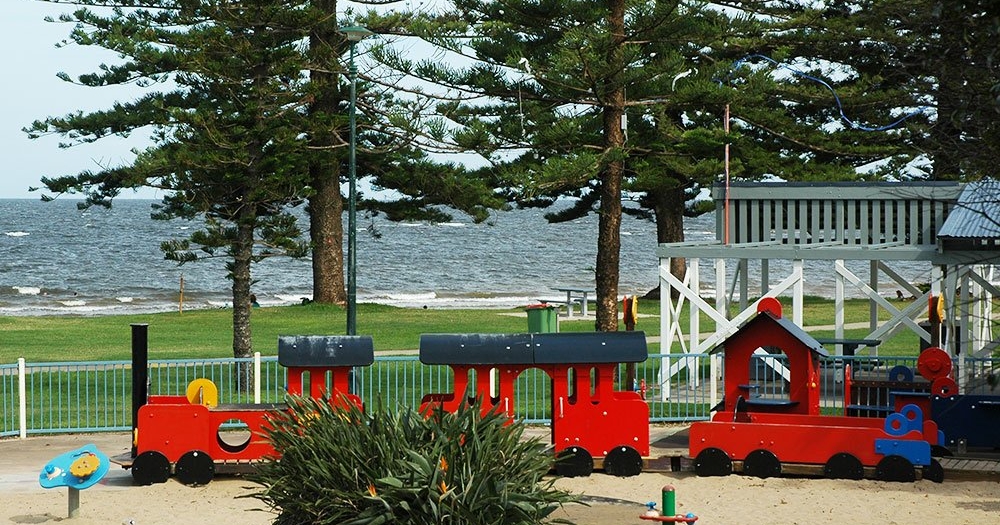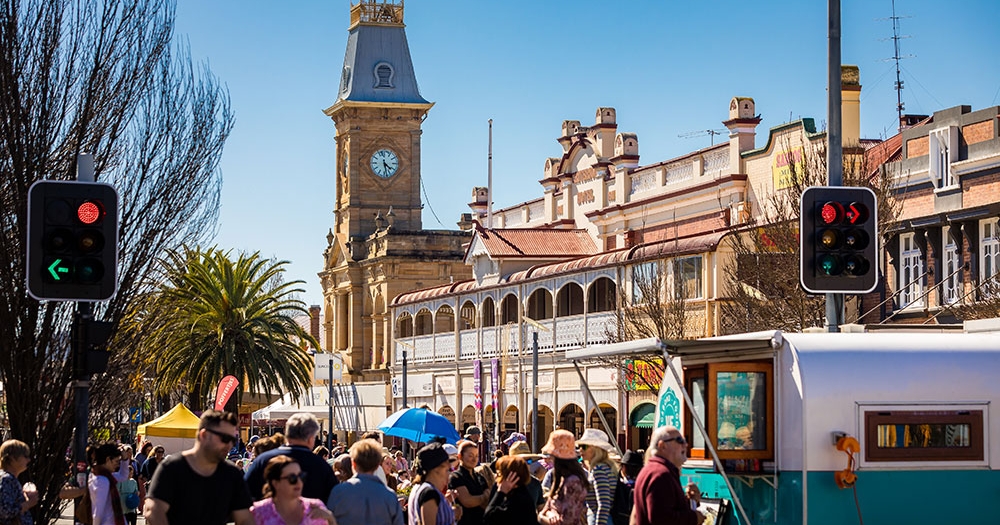brisbane history

Windmill
Brisbane’s oldest building has many facets to its sometimes dark and brutal history - built by convicts in the late 1820s, it is not just the longest surviving convict building but also the oldest windmill in existence in Australia.
Brisbane’s oldest building has many facets to its sometimes dark and brutal history - built by convicts in the late 1820s, it is not just the longest surviving convict building but also the oldest windmill in existence in Australia.
From its penal colony beginnings to its metropolitan present, Brisbane has acquired and lost buildings at a more voracious rate than other capital cities. Today only two buildings remain from its brutal times as Australia’s prison for the worst convicts although recent excavations in the CBD have found long-buried remnants of the penal settlement of the early 1800s.
Similarly there are only a few houses still extant from Queensland’s pre-Separation era and these mostly sandstone imposing residences are found dotted in prime hilly real estate around town.
The city’s grandest colonial architecture – most of it in the CBD - dates from the resources boom-times of the 1880s. Interestingly the colonial architects responsible took inspiration not from the mother country but from Europe, hence the ornate Italianate facades that grace the prominent government buildings and pubs from this era.
Along with the advent of the grand Queenslanders – weatherboard villas with ornate wrought iron wraparound verandahs for shade, that hogged the hilltops and belonged to the wealthy the late 1800s also saw the dawn of the small weatherboard tin-roofed worker’s cottage. These were typically found in the inner ring suburbs, the pyramid roofs of which still dominate the Petrie Terrace skyline and hillsides of suburbs such as Paddington, Red Hill and Woolloongabba.
While much of Brisbane’s first century of architecture and some of its most beloved iconic buildings was destroyed during a demolition blitz in the 1960s to the 1980s, there is still much to take the time and admire.






















